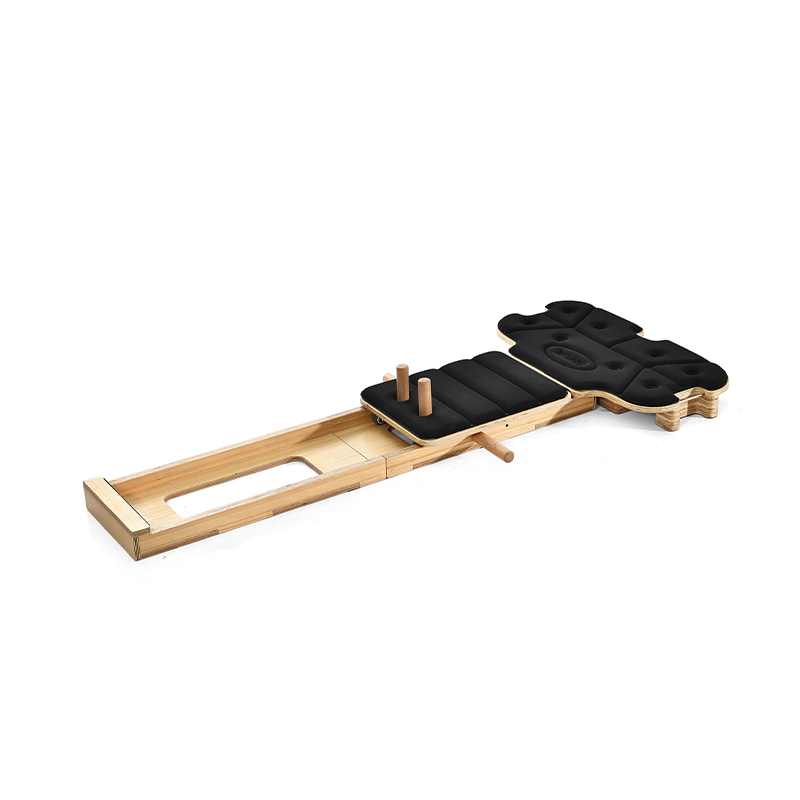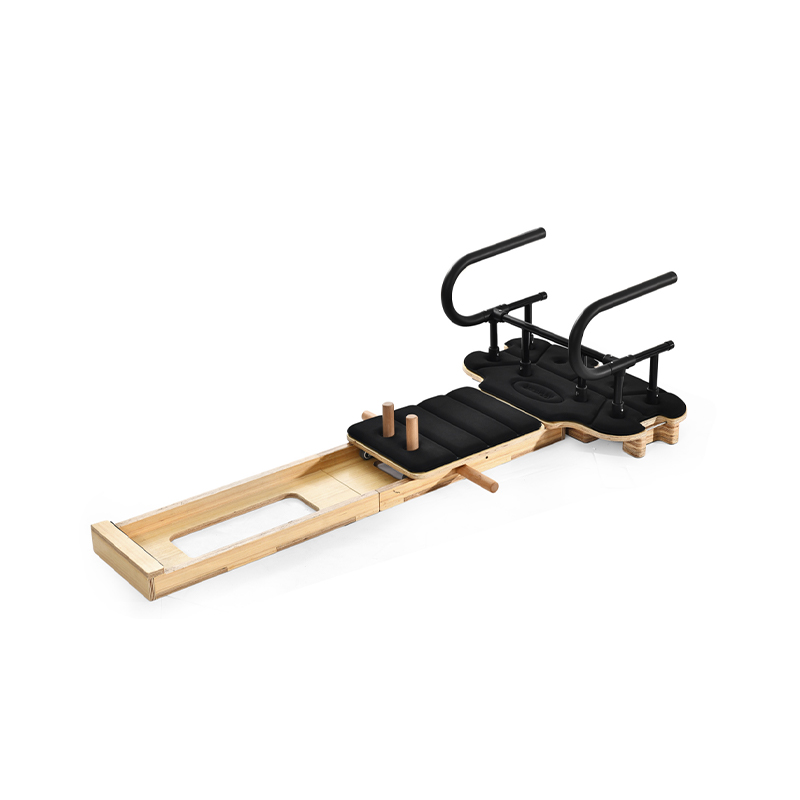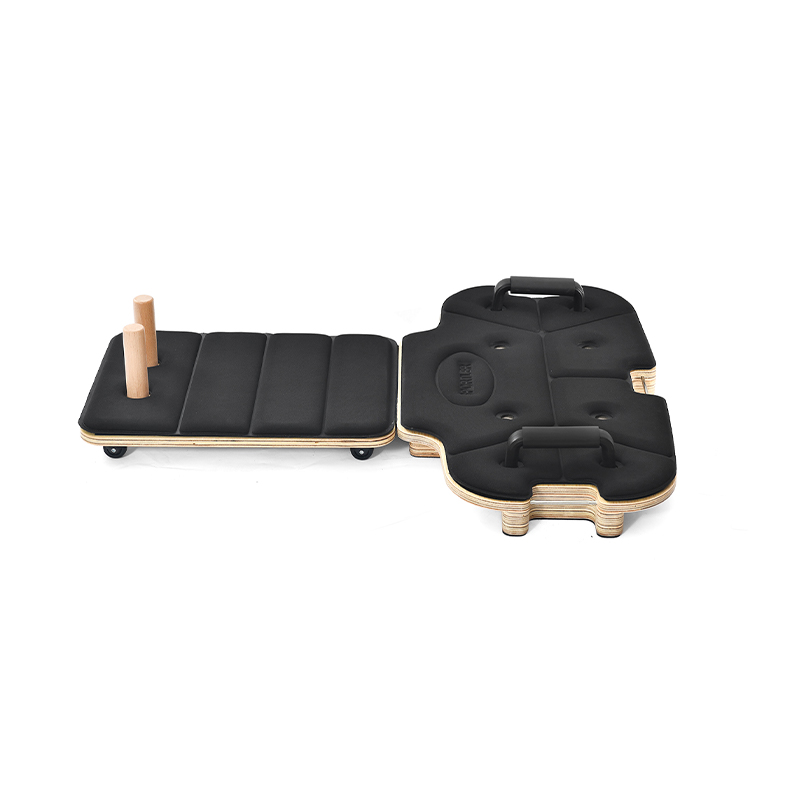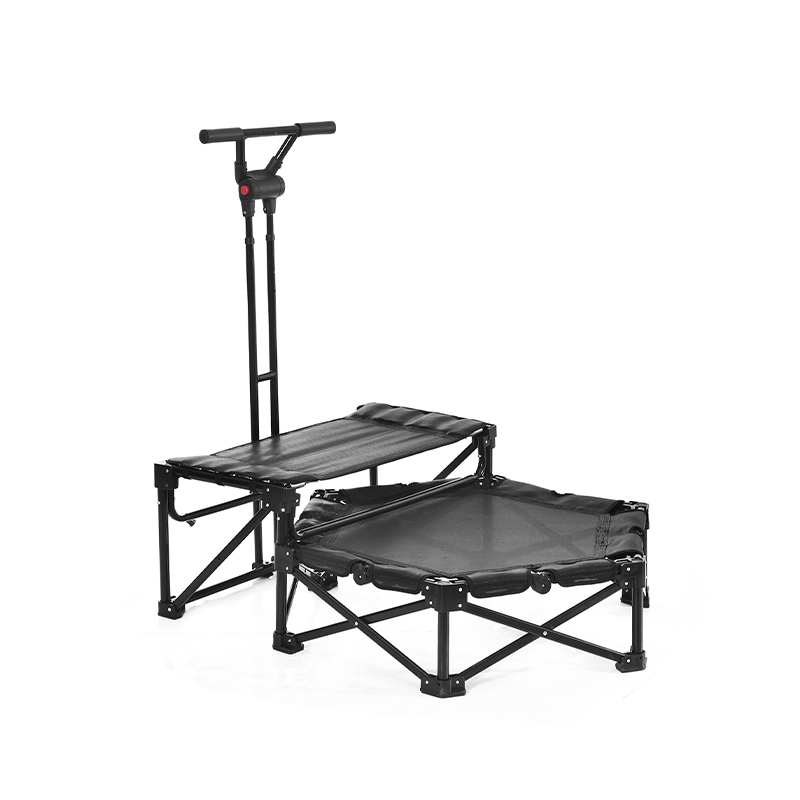Outdoor weight core functional exercise equipment provides an opportunity to engage in strength and stability training within an open-air environment. Designed to target the core muscles while integrating whole-body movements, this equipment is increasingly popular in parks, fitness trails, and residential outdoor gyms. Its construction typically prioritizes durability and weather resistance, ensuring consistent performance over time.
Core-focused functional equipment is built to promote natural movement patterns that mimic everyday activities or athletic motions. By training the core in conjunction with limbs, users can improve posture, balance, and overall physical function. Outdoor settings offer the added benefit of fresh air and varied terrain, which can further enhance workout quality and enjoyment.
The equipment often includes weighted tools such as medicine balls, kettlebells, or weighted bars, combined with functional accessories like balance boards, suspension trainers, and stability platforms. These components encourage a variety of exercises that engage the abdominal muscles, lower back, hips, and glutes. Movements may involve rotational twists, lifting, pushing, pulling, or balancing actions.
One of the advantages of outdoor weight core equipment is its versatility. Users can tailor workouts to their fitness level and goals by adjusting weight loads, movement speed, or range of motion. For example, a beginner might perform slow, controlled movements with lighter weights, focusing on technique and stability. More advanced users can increase resistance or incorporate dynamic exercises that challenge coordination and power.
Outdoor equipment is typically constructed with materials designed to withstand exposure to weather elements. Powder-coated steel frames, UV-resistant plastics, and rust-resistant components help ensure longevity and reduce maintenance needs. This durability allows for frequent use in various climates without compromising safety or function.
Functional core training outdoors also encourages engagement with the surrounding environment. Exercises performed on uneven or natural surfaces such as grass, sand, or wood chips can add an extra balance challenge, further activating stabilizing muscles. This interaction with diverse terrain supports improved proprioception and adaptability.
Safety is a key consideration in outdoor weight core training. Proper installation of equipment and clear signage regarding usage guidelines help prevent injuries. Users should also be mindful of warming up adequately and progressing exercises gradually to avoid overuse or strain. Wearing appropriate footwear and clothing suited to outdoor conditions enhances comfort and protection.
In addition to individual fitness benefits, outdoor core functional equipment can foster social interaction and community wellness. Public fitness areas equipped with such tools provide accessible options for people to engage in healthy activities together, promoting motivation and consistency.
The equipment’s adaptability extends to rehabilitation and injury prevention programs. Physical therapists may recommend core-focused exercises using weighted tools and balance elements to restore strength and mobility after injury. The low-impact nature of many functional movements makes outdoor training an appealing option for gradual recovery.
Maintenance of outdoor exercise equipment includes routine inspections for wear, cleaning to remove dirt or debris, and timely repairs to ensure user safety. The robust design typically minimizes maintenance frequency, but attention to these details helps sustain usability.
In summary, outdoor weight core functional exercise equipment combines strength, stability, and versatility in a natural setting. It offers practical benefits for users aiming to enhance core muscle performance and overall fitness while enjoying the advantages of outdoor activity.


 English
English русский
русский Español
Español







